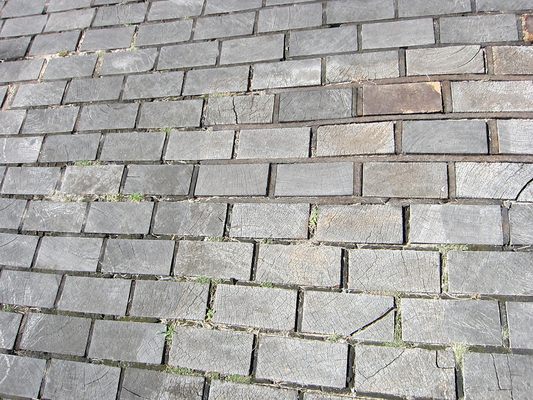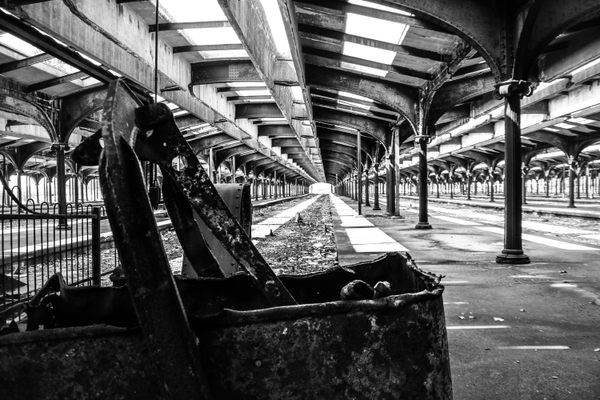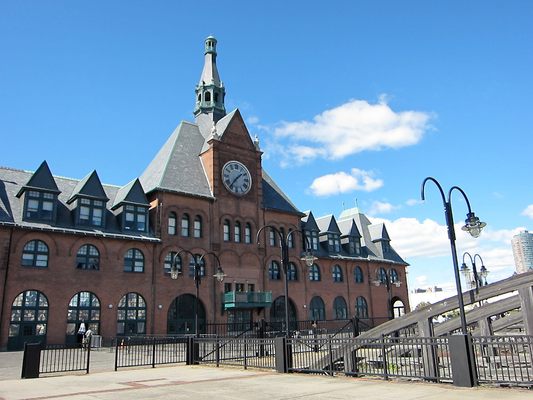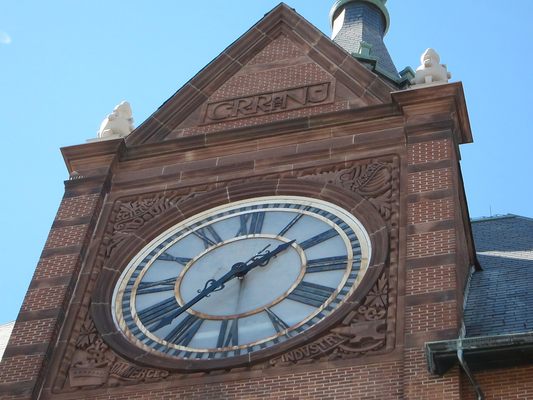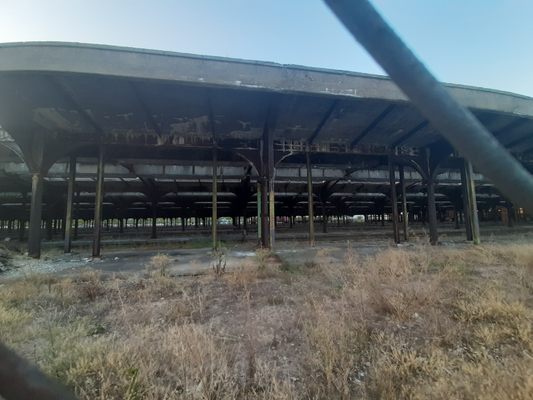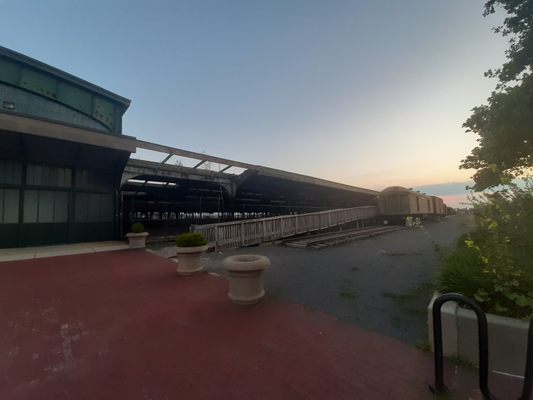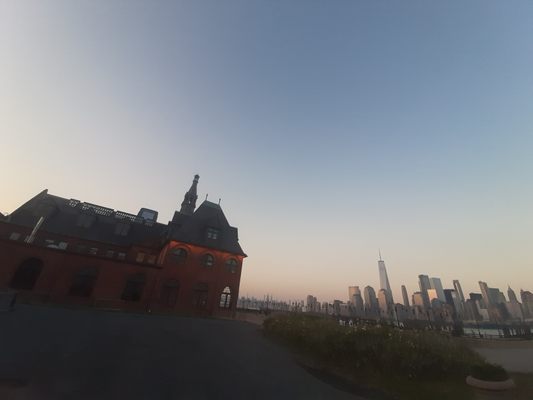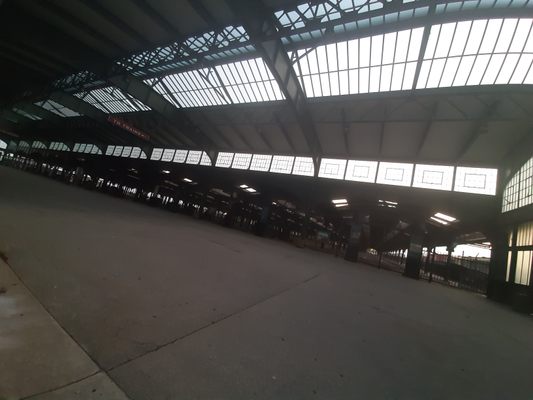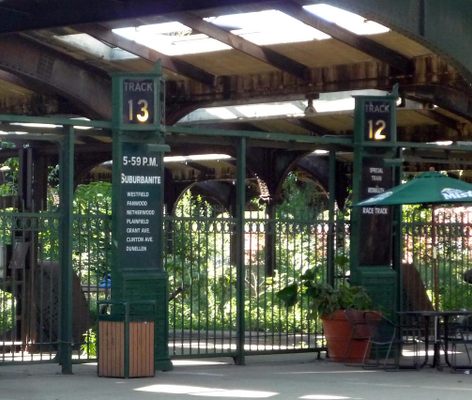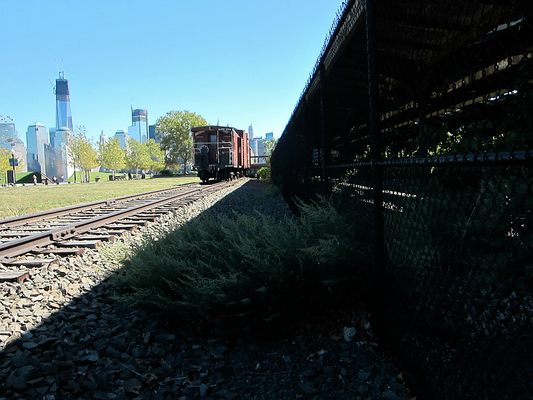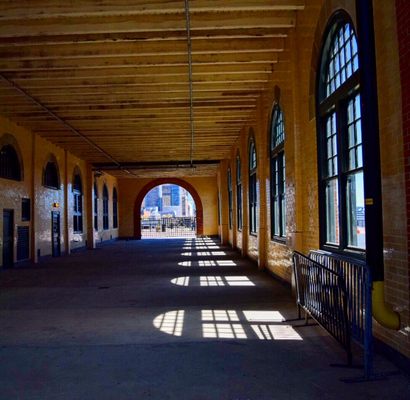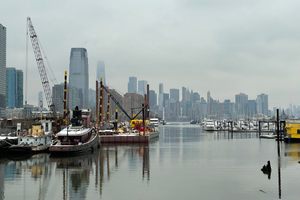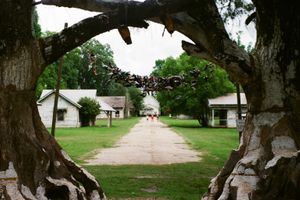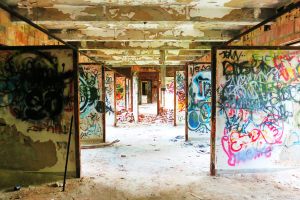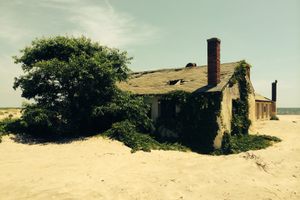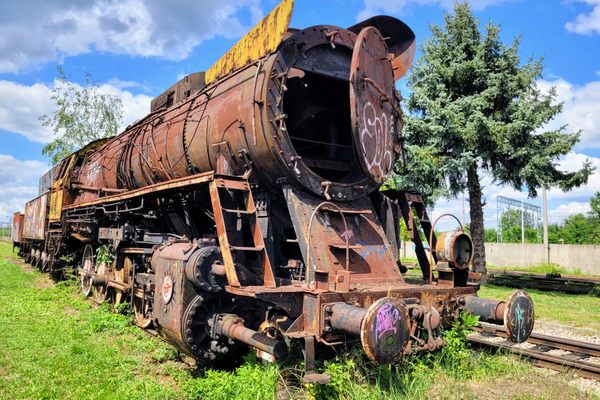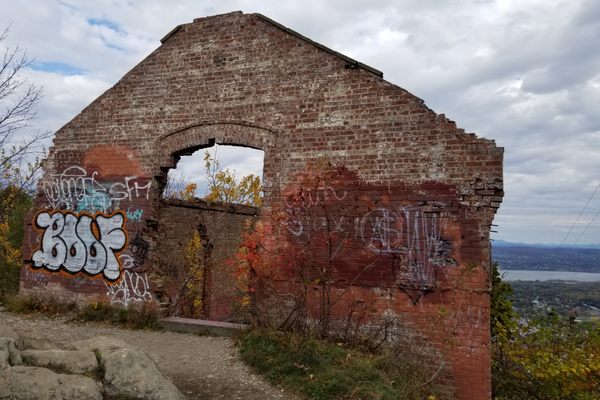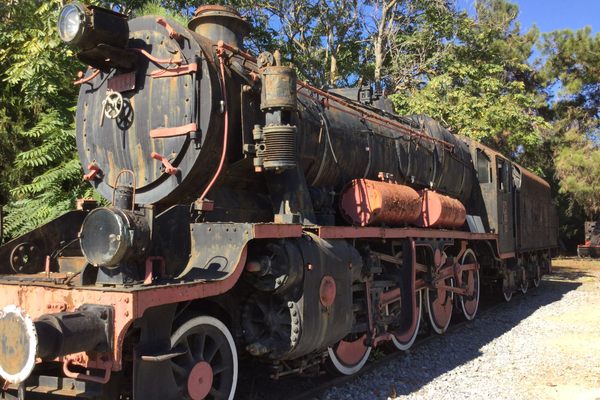About
The Romanesque red brick structure of the Central Railroad of New Jersey Terminal on the Hudson River conceals one of the most accessible urban ruins in the New York City area.
The train shed on the other side of the terminal has been abandoned since 1967, with trees and other foliage sprouting through its open roof where light shines down on the empty train tracks. Its beautiful green patina copper roofing was stolen by thieves. The terminal building was recently restored and serves as a museum and ferry departure point for the Statue of Liberty and Ellis Island, but the tracks themselves were left to nature.
The terminal was constructed in 1889, and at the peak of service for the Central Railroad of New Jersey there were millions of passengers a year passing through. Many immigrants to the United States also came directly from Ellis Island, bypassing New York City to make their way through the United States by way of New Jersey. Unfortunately, the Great Depression hit hard, as did the rise of the automobile, and a decline in business caused the terminal to shut down in 1967.
The old departure boards remain at the tracks, where stately metal columns still loom. Alongside the terminal in Liberty State Park are even a few old train cars. Stepping out of the terminal to face the Hudson, you'll find wooden bricks still embedded in the ground (although they have to be regularly replaced), and if you look up at the terminal building's clock tower you can see science, commerce, industry, and agriculture sculpted on its four corners, relics of when this really was a center of economic movement in the area. The old tracks are now fenced off, mainly because parts of the columns and roof are collapsing. It's still possible to get good pictures from outside.
Related Tags
Community Contributors
Added By
Published
January 23, 2014








